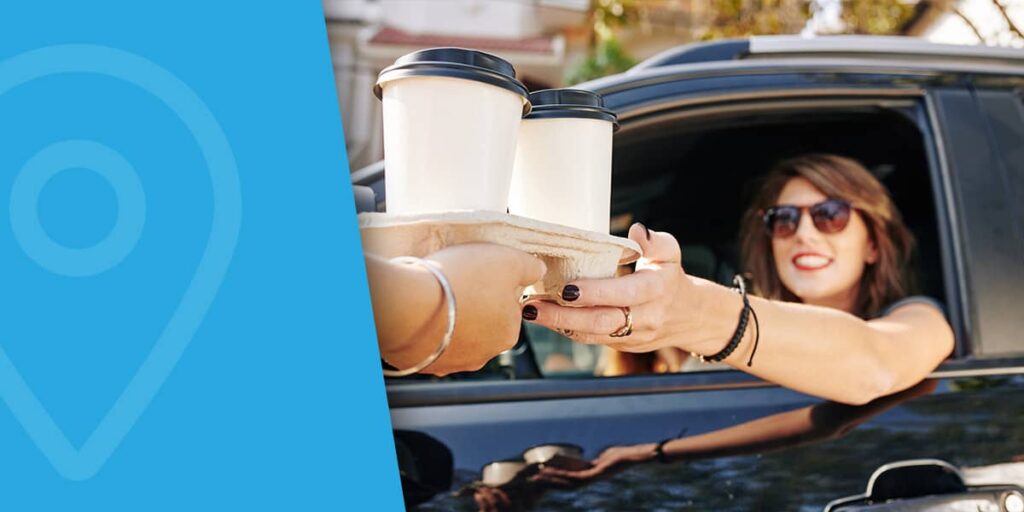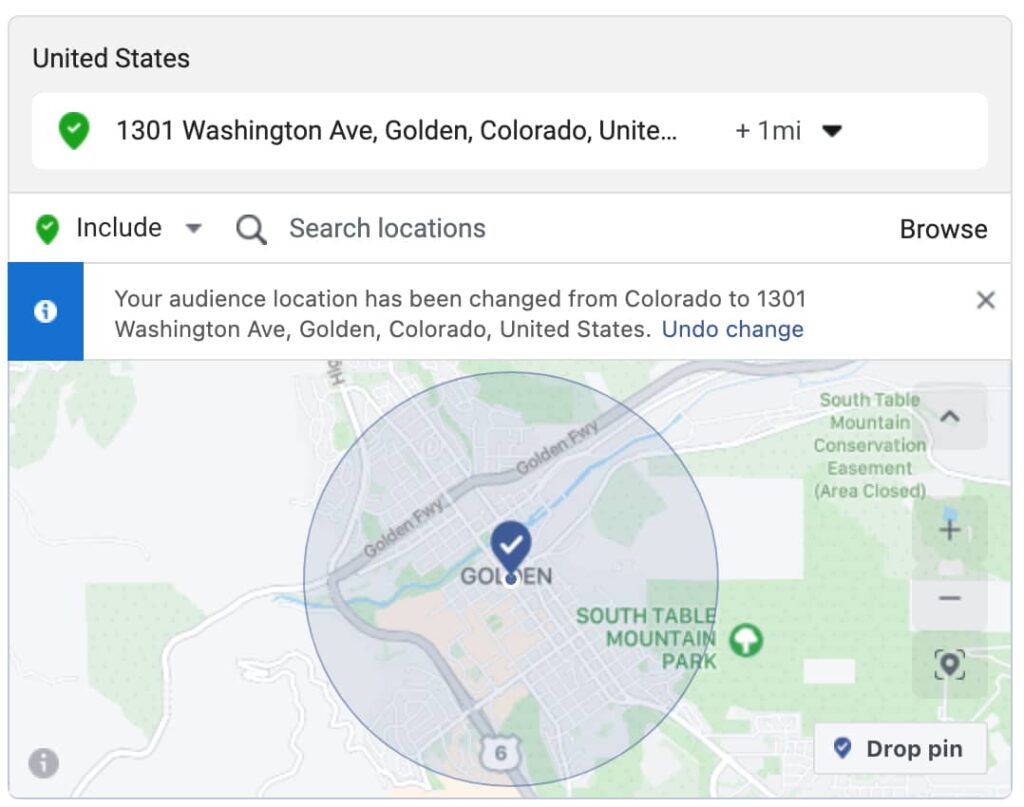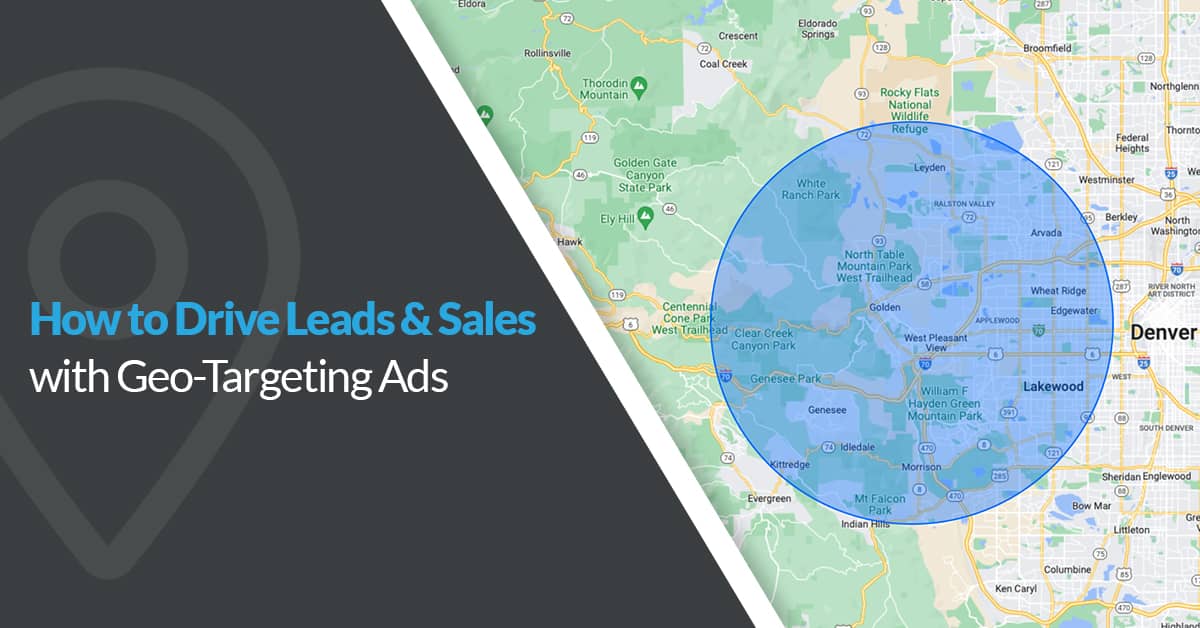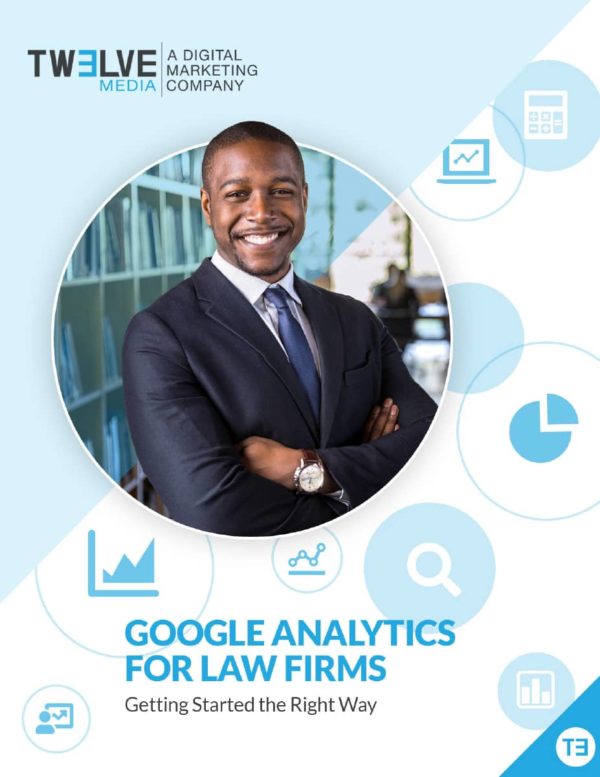What Is Proximity Marketing, and When Should You Use It?
6 Minute Read
Marketing to Your Customer at the Right Time in the Right Place
Proximity marketing is a strategy designed to drive leads and conversions through geo-targeting/geo-fencing ads. Today’s consumers don’t just search for products and services; they want their results at arm’s length. Even if they don’t add “near me” to their searches, they expect to find solutions to their problems that are relevant and nearby.
Proximity marketing caters to these evolving expectations and puts your brand in front of your target customers when they need it most. Proximity marketing is a location-based form of digital advertising that allows you to communicate directly with your audience at precisely the right place and time via digital ads.
With more than 300 million smartphone users in the United States alone, proximity marketing is more crucial for your business than ever. Whether greeting customers when they walk through your doors, pushing incentives to drop by when they’re in the neighborhood, or even engaging potential customers when they are away from your office or store, proximity marketing is an invaluable tool for sharpening your competitive edge.

How Does Proximity Marketing Work?
Virtually all digital ad exchanges provide some kind of geo-targeting capability. There are three main types of proximity marketing targeting businesses can use:
- Living-in targeting
- Recently-in targeting
- Traveling-through targeting
Each of these targeting parameters has multiple applications. You can target users at or in close proximity to your store or office (known as on-premises) or deliver ads to users at another location (known as off-premises).
1. Living-In Location Targeting
Say you own a hardware store and you want to advertise to customers within driving distance of your store. With living-in proximity targeting, you can target users who reside within a 1–3 mile radius. The goal is to drive in-person visits (foot traffic) and, ideally, purchases via living-in targeted ads that appeal to people who live locally.
One of the biggest mistakes brick-and-mortar retailers make in their digital advertising is delivering ads to people who are too far away to go to a particular store. Proximity marketing with living-in targeting minimizes waste in your ad budget by only delivering ads to people who live in the location you are targeting and are likely to come to your location in person.

2. Recently-In Targeting
There are two principal uses for recently-in targeting with ads:
- Targeting customers who were recently at your business location; this is an effective strategy for driving repeat business.
OR - Targeting potential customers who recently visited another location (i.e., your competitor or another location where your customers can be found).
Option #2 is especially effective for driving conversions among people whose visit to a business outside of your industry aligns with your business goals. For example, a personal injury law firm may deliver ads to people who have recently visited the emergency room. The thinking here is that people who have recently been in accidents may need to hire a lawyer; by delivering ads to these individuals, this hypothetical law firm would show up on a prospective client’s smartphone or desktop computer when they might be thinking about legal services.
Another effective use of recently-in ads is “scooping” or “sniping” the competition. For example, a car dealership can run a proximity marketing campaign that shows its ads to individuals who visited other dealerships in the area. Buying a car is a serious decision, and seeing ads for another dealership with competitive offers may be enough to push a serious buyer to visit your location.

3. Traveling-Through Targeting
As the name suggests, traveling-through ads target users who recently visited a particular location while traveling. For example, a restaurant could send ads to people visiting the downtown area in an effort to drive lunchtime customers.
The key with traveling-through targeted ads is that the target customer will not be in a given location for long. As such, providing a tempting, time-limited offer (e.g., a lunch special) could help drive foot traffic to help with sales goals.
One of the most powerful examples of successful proximity marketing using traveling-through targeting comes from the airline industry. Airports want to drive non-aeronautical revenue through purchases travelers make in the food court, shops on the concourse, etc. By using traveling-through targeting, airports can improve their non-aeronautical revenue by delivering timely geo-targeted ads with irresistible offers to passengers before their flight, during a layover, and/or when they arrive at their destination.

Benefits of Proximity Marketing
Proximity marketing, also referred to as geo-fencing or hyperlocal marketing, offers businesses a wealth of unique advantages. When part of a thoughtful and targeted advertising strategy, proximity marketing:
Creates a Personalized Experience
Whether it’s a new prospect or loyal visitor, personalization is key in any customer experience. Proximity marketing allows you to identify specific users and send tailored communications.
Multiple Options to Drive Conversions
Proximity marketing provides the opportunity to connect with customers when they are most likely to buy from your company.
Drives App Engagement and Retention
User engagement is critical for any app to succeed. Geotargeting campaigns that create personalized interactions are proven ways to increase brand loyalty and improve customer retention.
Gives You a Competitive Edge
Interactive customer environments give you a solid competitive advantage by engaging with customers and building brand loyalty.
Types of Proximity Marketing
Proximity marketing encompasses a variety of tools and methods to capture customers’ attention, increase revenue, build brand loyalty, and assess the customer experience. Types of proximity marketing include:
GPS-Based Proximity Marketing
Using GPS location data, you can target customers in specific geographic locations. For example, if your business is a national retail chain, you can promote either sweaters or swimsuits depending on where your customers are.
Geofencing
This type of proximity marketing uses GPS technology to define a geographic boundary. Once customers enter an established “virtual barrier,” they trigger automated text messages, email alerts, or app notifications.

Beacons
A beacon is a small, wireless transmitter that uses Bluetooth Low Energy (BLE) technology to track and communicate with nearby smart devices. BLE beacons can promote special offers or physically track shoppers as they move through aisles to optimize product placement and store layouts.
Wi-Fi
Customers love free Wi-Fi. When devices connect to your network, you can request email information, share promotions, and make offers as they are about to leave.
RFID/NFC
Smartphones can pick up radio-frequency identification (RFID) and near field communication (NFC) without a Wi-Fi connection. Retailers can place tiny transmitters into things like smart barcodes to push information to nearby smartphone users.
What Businesses Can Benefit from Proximity Marketing?
Proximity marketing is a game-changing advantage for a number of business types. Really, any business that operates a physical location can benefit from proximity marketing. You can even use proximity marketing to target individuals who visit a competitor’s location or related business.
Retail, hospitality, and automotive companies may implement proximity marketing strategies to:
- Push tailored offers to customers while they are in or near a business location or about to leave.
- Educate customers on products or services to build brand awareness.
- Increase loyalty program enrollments.
- Send surveys to gather feedback about visitor experiences.
Why Choose Twelve Three Media for Your Proximity Marketing Campaign?
Twelve Three Media is a full-service digital marketing and advertising agency that specializes in creative solutions for businesses of all sizes. Our proximity marketing experts have the experience, skill, and expertise to optimize your ad campaigns and get your brand in front of the right audience, at the right place, and at the right time.
Our tight-knit team is completely in-house. We don’t outsource our talent, which means you can expect consistent messaging and quality across every aspect of your marketing efforts, from the first touch to the final click. We love what we do and it shows in our results. Let’s get started.

